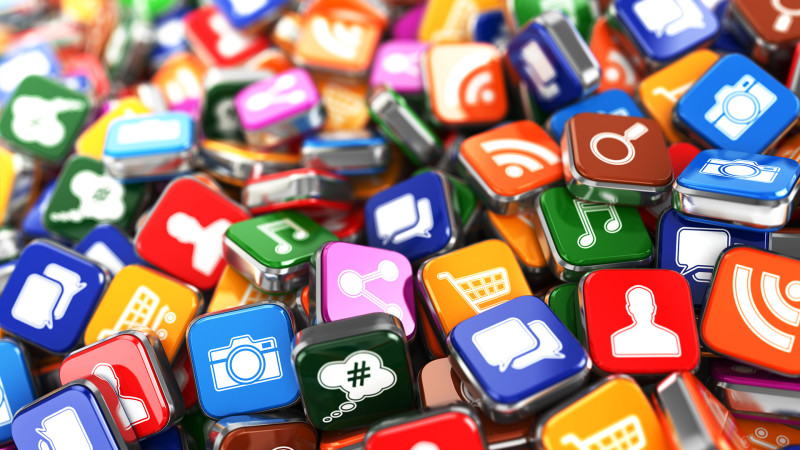Book excerpt: Why People (Don’t)
Buy
Hedgehogian thinking
Isiah Berlin, British philosopher
and thinker, wrote an essay titled “The Hedgehog and the Fox” in 1953, in which
he argued that influential thinkers can be divided into two categories:
hedgehogs and foxes. This analogy was inspired by the ancient Greek warrior-poet
Archilochus, who is reported to have noted that the fox knows many things; the
hedgehog one great thing. Hedgehogs have one very effective way of dealing with
adversity—they use their sharp spines or quills to protect themselves and
inflict pain on their foe. When a hedgehog encounters a foe, it rolls itself
into a ball such that its quills point outward. Although the purpose of
comparing a hedgehog to a fox is not very obvious, Berlin used this adage to
argue that like hedgehogs, some people view the world through the lens of a
single defining idea. In contrast, others, like foxes, draw on a wide variety
of experiences and for them the world cannot be boiled down to a single idea.
Philip Tetlock, professor of
psychology and management at the University of Pennsylvania, in a seminal
20-year-long study, compared the performance of political forecasters who had
more of a “hedgehog” perspective with the performance of political forecasters
who had more of a “fox” perspective. He found that despite the popularity of
hedgehogs in the mainstream media, foxes tended to outperform hedgehogs in
their forecasts. He cautioned against the lure of one powerful idea that
attempts to explain everything. Looking at the world through the lens of a
single, albeit powerful, idea can lead to mistakes.
Tetlock’s findings are very
relevant for business managers. Mispredictions of consumer behavior—or
incorrect consumer insights—caused by a hedgehogian view often result in
misdirected business strategies. Managers often fall in love with one idea that
seems powerful. They become obsessed with this seemingly powerful idea. They
come to believe that this one particular idea will always beget successful
marketing strategies. For example, some managers fervently believe that low prices
and sales promotions are good for business. If they experience success with
lowering prices and running sales promotions in one context, then they
mindlessly try to implement the same strategy in all contexts without
considering the fact that consumer behavior varies across contexts. A sales
promotion might help a pizza delivery chain, but it might completely backfire
for a formal dining restaurant. As another example, some managers adopt a new
packaging that is trendy because it has worked for others. So they start
mindlessly adopting the new packaging in all categories. And some, like a
recent New York Times article documented, are falling over each other to create
“emporiums of cool” user experiences. Why? Because they saw some case studies
suggesting that improving user experience improves financial bottom lines.
Thomas Gilovich, a renowned
professor of psychology from Cornell, captures this tendency to follow the herd
and oversimplify the best when he mentions in his book How We Know What Isn’t
So: The Fallibility of Human Reason in Everyday Life (1991): “People will
always prefer black-and-white over shades of grey, and so there will always be
the temptation to hold overly-simplified beliefs and to hold them with
excessive confidence.”
Instead of understanding the root
cause of weak GO signals and/or intense STOP signals that afflict their
product, when managers see consumer behavior through the lens of a single
(often previously successful) idea they perpetuate this hit-or-miss pattern. In
particular, it leads to two types of prediction mistakes that we observe in
many of the examples discussed in this book: side-effect neglect and
misdiagnosis.








